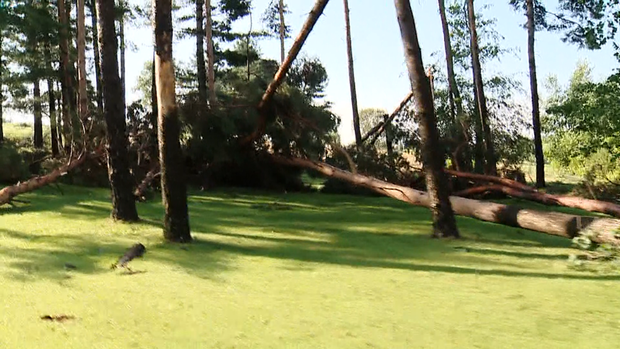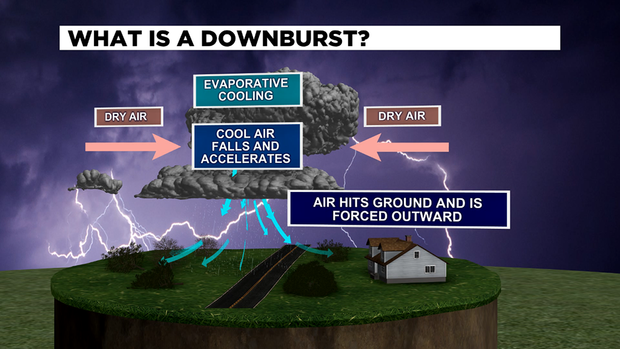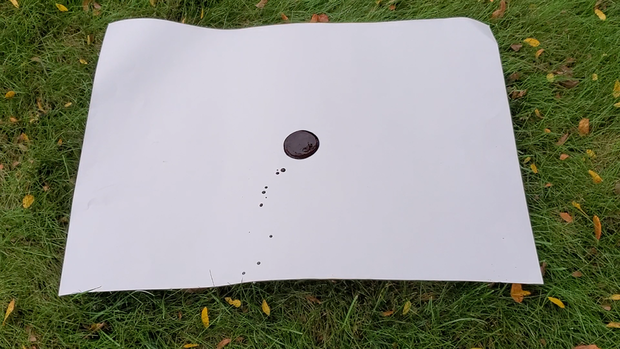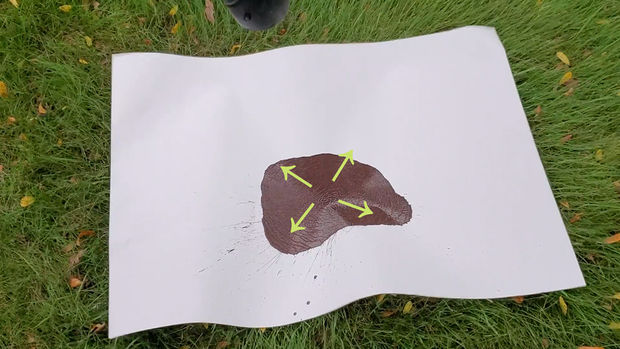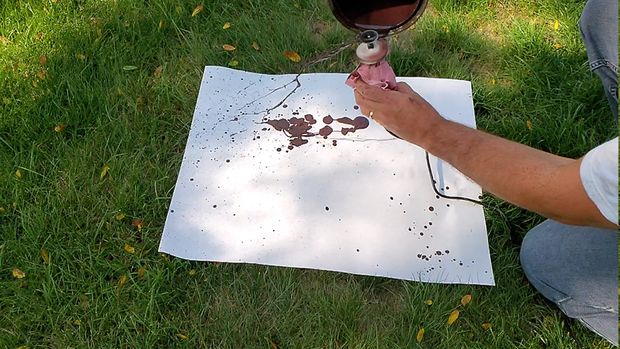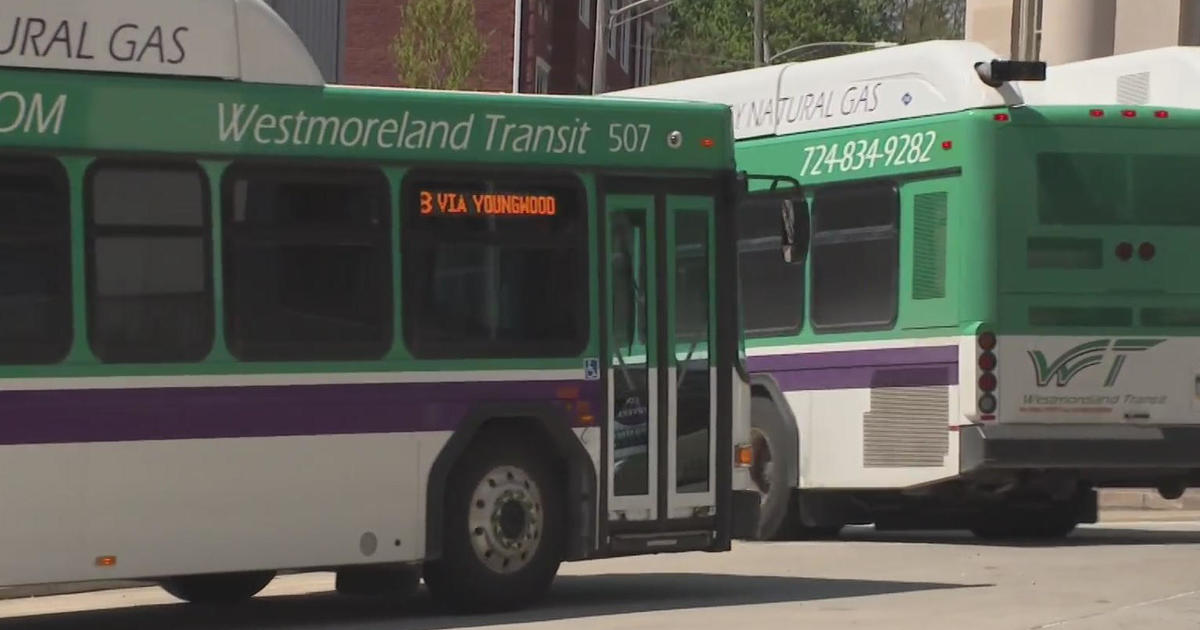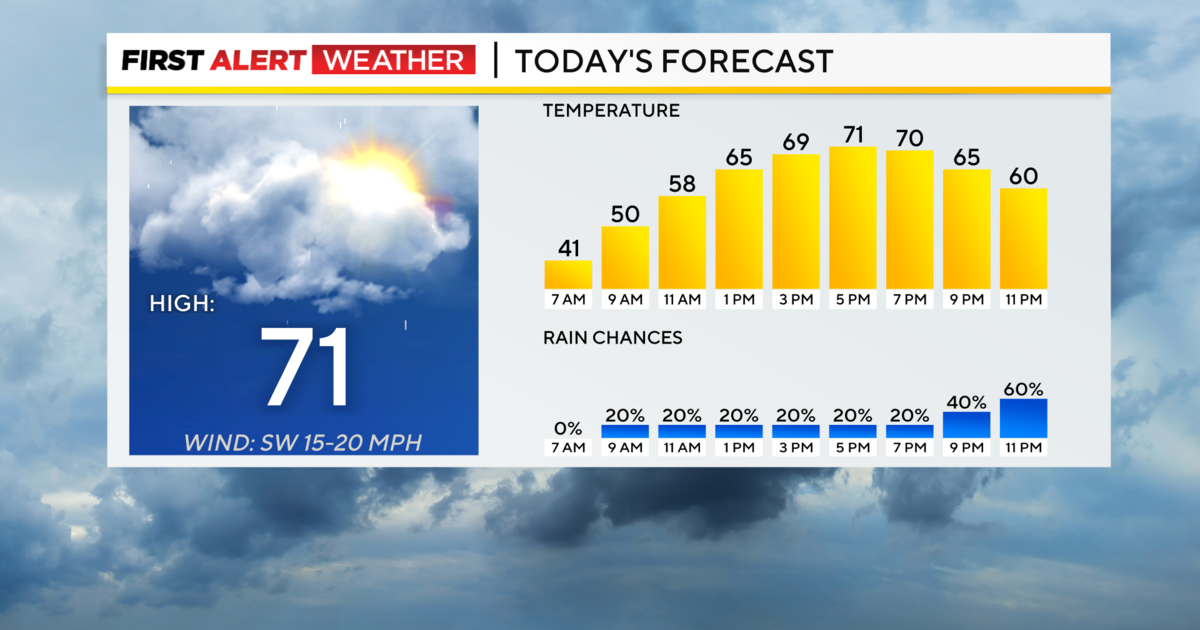Hey Ray! Explaining The Differences Between Downbursts And Tornadoes
PITTSBURGH (KDKA) -- When there is storm damage, many times people feel it was caused by a tornado.
However, not every destructive thunderstorm includes a tornado, yet some of these storms are just as destructive as a tornado.
We call these "downbursts". These can come in the form of large scale downbursts called "macrobursts" or smaller scale versions called "microbursts".
Downbursts start with an updraft.
This is warm, moist air rising into the atmosphere.
This updraft feeds the storm energy and moisture, beginning the process of creating large rain drops and hail, and this process continues until the hail or rain become too big and heavy to support.
Sometimes, the updraft can be exceptionally strong.
When that happens, the rain and hail stones are lifted into the higher parts of the storm.
This often happens when there is a layer of dry air feeding into the storm, causing evaporation, which is a cooling process.
Cooling makes the air denser, or heavier. This can cause storm's rain and hail core fall quickly, dragging a lot of air down with it, rapidly to the ground.
If there is a layer of dry air beneath the storm, the evaporational cooling process there will make the falling air even more dense, causing it to fall faster!
When that air hits the ground, it fans out at incredible speeds in all directions.
Sometimes, over 100mph, the same wind speeds in an EF-1 tornado!
When the damage is assessed, you will find the path of destruction fans out in a straight line.
We can show this with a simple, but messy experiment.
To show what happens to the air, we have a poster board to track the damage, a blob of paint to represent the track the wind damage will take, and a leaf blower to re-create our downburst.
As you can see, the damage fans out in straight lines in all directions.
If this were a tornado, the damage path would be much more scattered around, as seen with this poster board.
I drizzled paint over a spinning disk, since the wind in tornadoes rotates.
This spinning motion creates a much different "damage" pattern.
When damage is assessed to determine if a tornado or downburst caused it, the damage patterns tell the survey team what type of storm it was.
